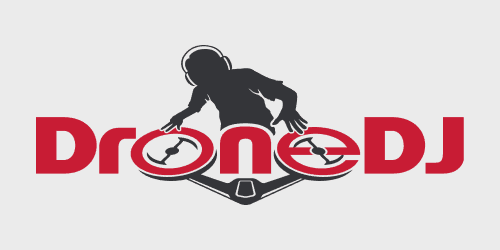
Between the Dixie, Caldor, McCash, and Windy fires, Northern California has been witnessing a busy wildfire season. And this time, the firefighters on the ground are being shadowed by a crew from NASA. Their aim? To watch and learn how drones help to battle the blazes from above.
NASA’s Joey Mercer and his teammates are designing software and communication tools to help first responders work more safely and efficiently. One of the things being considered as part of the Scalable Traffic Management for Emergency Response Operations (STEReO) project is how the use of drones can be scaled up.
Drones capture heat signature of wildfires
Since thermal imagery obtained by drones can help determine where fire-containment lines should be established, the STEReO team wants to make aerial firefighting as useful as possible. Mercer explains:
The smarter we are about their operations, the smarter capabilities we can create. [Firefighters] are running operations at night. They don’t know what terrain they’ll encounter, or where they can launch their aircraft from. There are so many details about their working environment that are hard to capture in conversation or get lost in translation.
This is precisely why the crew from NASA decided to join wildland firefighters in the very real-world setting of active wildfires. In August and September, they shadowed drone pilots and incident commanders from three different agencies, gleaning behind-the-scenes information from members of the California Department of Forestry and Fire Protection (CAL FIRE), the US Forest Service, and the National Park Service.
Also read: From spraying fire-extinguishing foam to rescuing people: Drones shape firefighting future
The NASA team witnessed how drones were sent to look for traces of fire down a steep gully – the thermal data collected by the craft proving critical to decide whether firefighters could safely attempt to hold the fire there, or if they should work from the next ridgeline, even if it meant losing more acres to the flames. Mercer tells:
It really speaks to how critical information is in their decision-making, and the timing of when that information becomes available to the various decision-makers has a huge impact on the overall operation.
Keeping drone pilots updated on location of crewed aircraft
One of the challenges the STEReO team is trying to solve is tracking the location of nearby crewed aircraft and communicating the same to drone operators. At the McCash fire, for example, the team deployed a prototype drone pilot kit with that capability for the first time during an active incident.
As Mercer and his team pushed past stubborn tree branches searching for a spot to launch their drone, they were able to appreciate firsthand why these tools must be highly portable.
It’s worth noting the STEReO team has also been testing portable internet that can provide local connectivity, even in remote settings.
Witnessing how much the drone pilots were juggling was informative for the NASA team, stresses Abigail Tabor from NASA’s Ames Research Center:
They observed pilots having to make fast decisions by following fire-tactics updates via radio, while also tracking their drones in flight. This told the designers of STEReO’s software capabilities – like those for tracking piloted aircraft above and teams on the ground – that audio notifications could be an important feature to add since drone operators may not have the luxury of monitoring their airspace on a screen.
Now, as California’s fire season burns on, the NASA team will continue its observations in the field, learning from the firefighting experts how STEReO’s tools could help them most.
Read more: Ocean drone captures wild video footage from inside Hurricane Sam
FTC: We use income earning auto affiliate links. More.






Comments